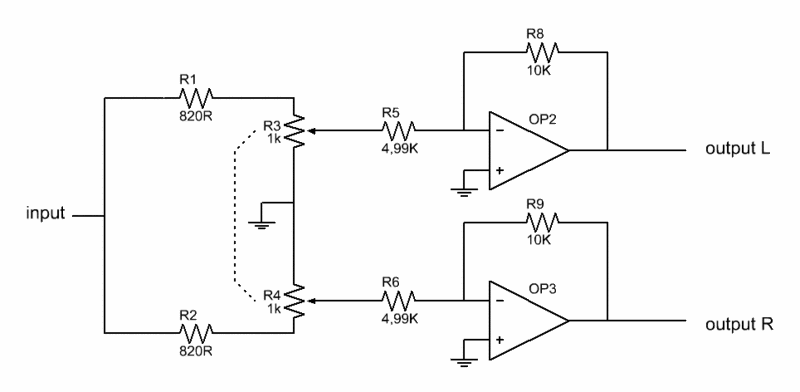[quote author="Wavebourn"]What I dream about, is a joystick that controls time delays...[/quote]
Not enough.
There's more to it than that. Along with time delay there is ALSO still an amplitude shift, along with a head-shadowing frequency/amplitude modification.
Combined, they do realy start to sound like real motions.
It's been done, it's fabulous, and it comes standard on the Studer D950 and Vista series consoles. in addition, there's also a reflection pattern generation (VSP... Virtual Surround Panning) which fills in rear reflection patterns from changing front incidence angles, AND distance... don't forget the triangulation available to the brain to do with proxmity/distance.
Simple delay will only make mono compatibility laughable, while doing intrinsically little to help the perceived angle of incidence be more forcefully resolved. Likewise front-to-back shifts.
Basically the (truly wonderful) Studer offers several paning options: HRTF1, HRTF2 (Head-Related-Transfer-Functions: 2 options to better suit differently-scaled speaker placement and headphone alternatives) as well as amplitude-only and VSP (the full DSP option, with complete reverberant field and triangulation, HRTF incorporated... Takes a little processing power to do in real-time, but it's VERY good.)
Sadly for all their advantages, each also has at least one significant drawback. For those who insist that amplitude-only panning is garbage, I'd point out that NO other option has anything even approaching the same level of fold-down compatibility. HRTF can sound great on headphones, but very blurred and muddled over speakers. Another HRTF can sound spacious on speakers, but sort of mono-ey over headphones. VSP can also help to destroy location clues already contained in a multi-mic recording... and yet each has a mighty benefit to them.
So there's no magic bullet. No one solution, and -since we listen on differently-spaced speakers in different envoronments- there never will be.
Amplitude panning is the simplest DIY and quite frankly the ONLY analog option. It also folds down wonderfully. It's served us for decades, and it's very useful. As soon as you introduce more variables, you introduce more difficulties, and not every listener is placed to take advantage of the benefits more recently available panning alternatives can offer... and if youre not getting advantages, you're getting disadvantages instead.
Keith
